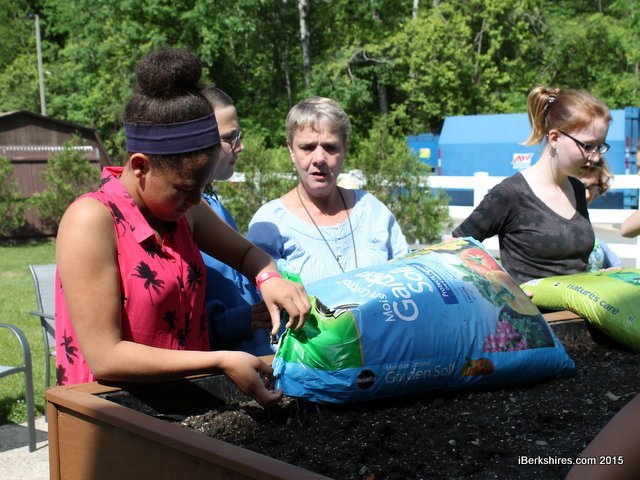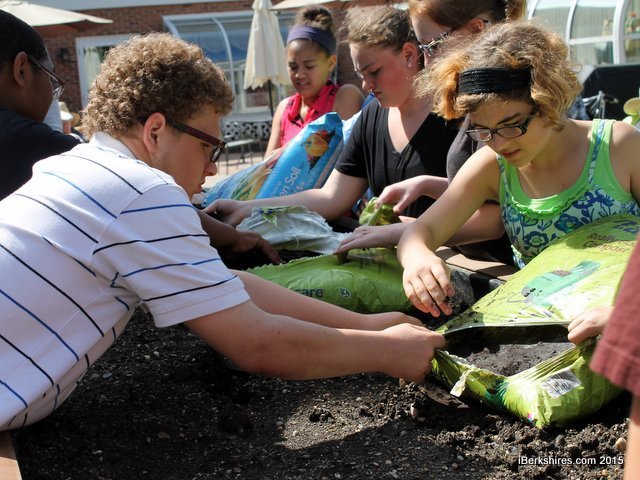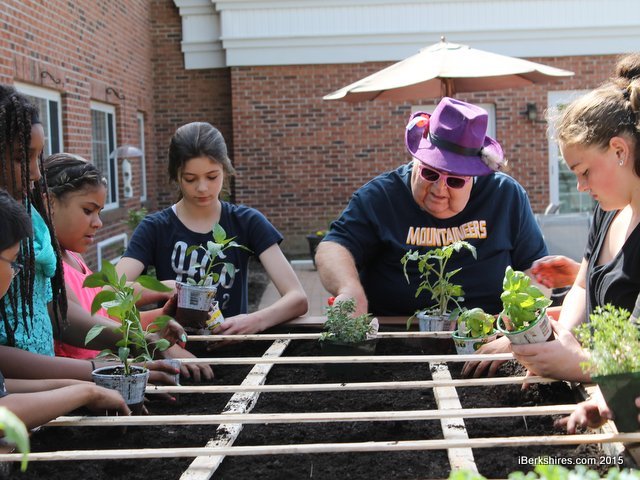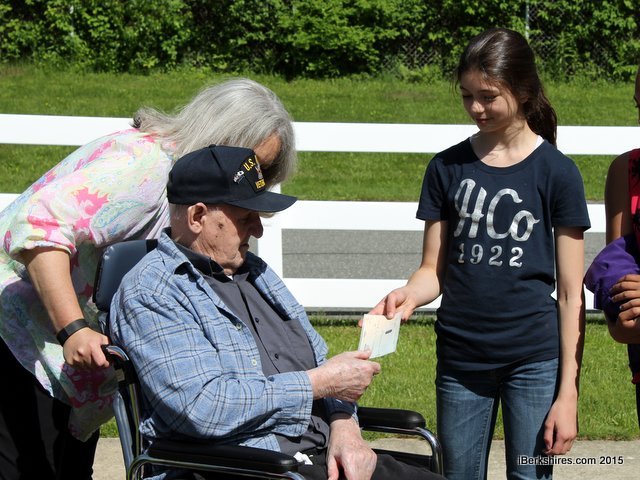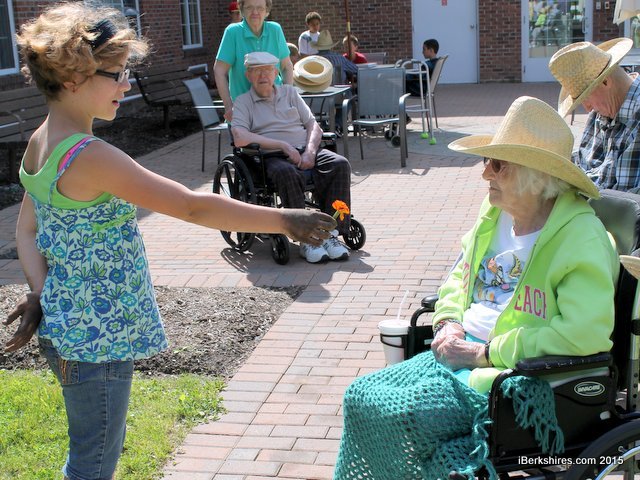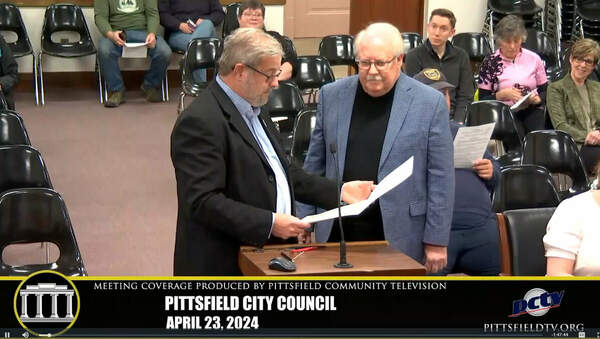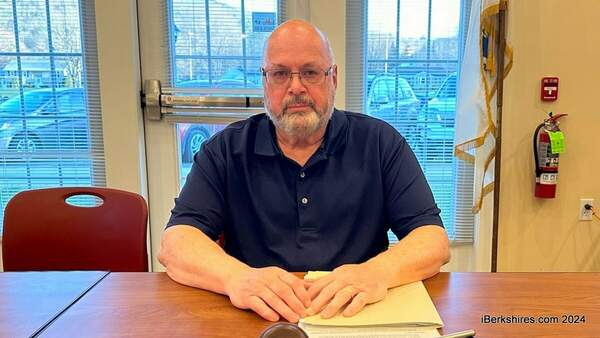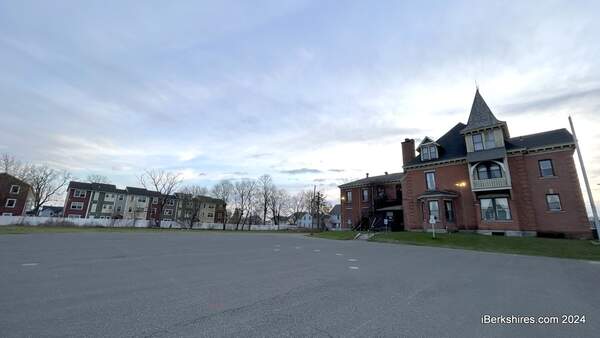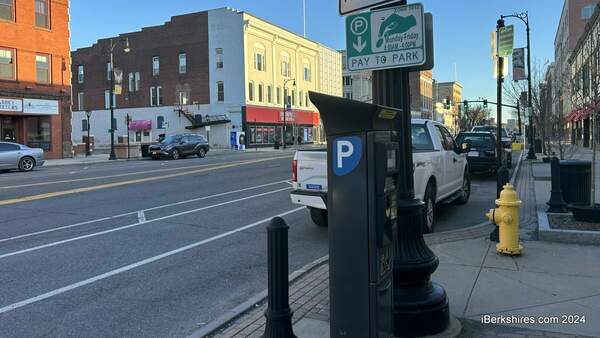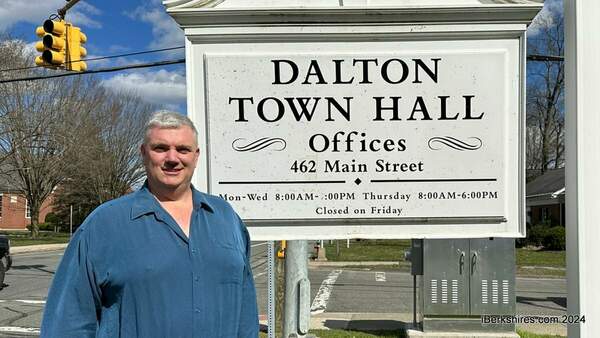Reid Students Plant Garden for Mount Greylock Care Facility
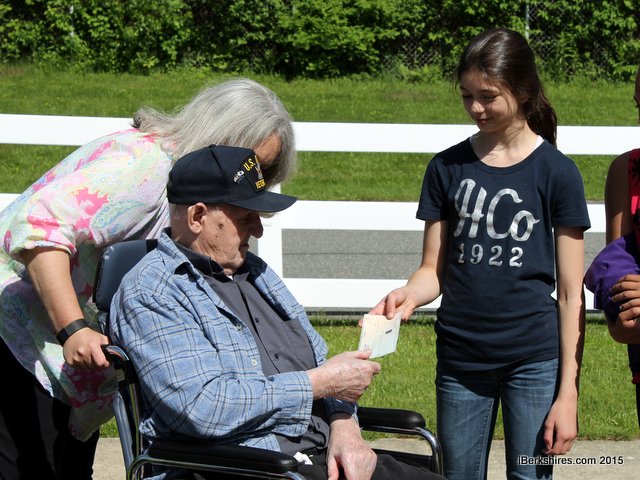 The students gave the money they earned from selling kale smoothies to help the activities program at Mount Greylock Extended Care. The students gave the money they earned from selling kale smoothies to help the activities program at Mount Greylock Extended Care. |
PITTSFIELD, Mass. — A new gardening program for the residents of Mount Greylock Extended Care is all thanks to a dozen or so Reid Middle School students.
After the final bell rang at Reid on Wednesday, the students took the short walk to their to the nursing home armed with gardening tools and a $165 check.
The students are part of an after-school program with the Berkshire Botanical Garden. They planted vegetables and flowers in a raised garden bed for the residents and gave them the check for them to support the new program.
"At every other facility I've worked at, I've run a gardening program and it was a big hit," said Mount Greylock's Activities Director Hope Fontaine.
Just recently she received a call from the Botanical Garden's Jamie Samowitz, the director of youth outreach education. Samowitz told Fontaine that the students chose to donate their proceeds from selling kale smoothies to the nursing home.
But, Samowitz didn't want to just hand over a check, she wanted the students to see the people they were helping.
"I want them to meet the people they are donating to. The idea was for us not to just hand over a check but also to meet the residents," Samowitz said.
If you were wondering where the money came from, the answer is kale smoothies.
At Reid, the student grew kale, made smoothies and then sold them at the farmer's market. The proceeds were then donated to a charity of the student's choosing.
To add a service-learning component, the students planted the start of a raised garden for the residents. Fontaine said the activities department painted the raised bed that was sitting empty and then bought new soil and plants. The students took over from there. Now, the ongoing upkeep of the garden will be done by the residents.
"It'll be part of the therapy program," Fontaine said. "The residents and I came out and painted [the raised bed]."
Fontaine said the student's presence at the facility did more than just raise plants, but it raised spirits as well. She said the facility also loves to "mix the elderly with the younger generation." And the reason for that could be seen on the faces of a half dozen or so residents who on hand to not only watch and talk with the students, but a few of the retired farmers shared some advice.
The after-school program that started at Reid is in its third year. It has expanded into three other schools: Pittsfield High School and Muddy Brook Elementary and Monument Valley Regional Middle School in Great Barrington. About 15 students at each school participate to grow the vegetables and then sell them at markets and farm stands.
"The purpose is for students to understand where their food is coming from," Samowitz said.
The money raised goes to a charity.
"It's been really wonderful to meet so many great organizations in the community," Samowitz said.
Tags: after school programs, gardens, nursing home, school garden,
 The students gave the money they earned from selling kale smoothies to help the activities program at Mount Greylock Extended Care.
The students gave the money they earned from selling kale smoothies to help the activities program at Mount Greylock Extended Care.
